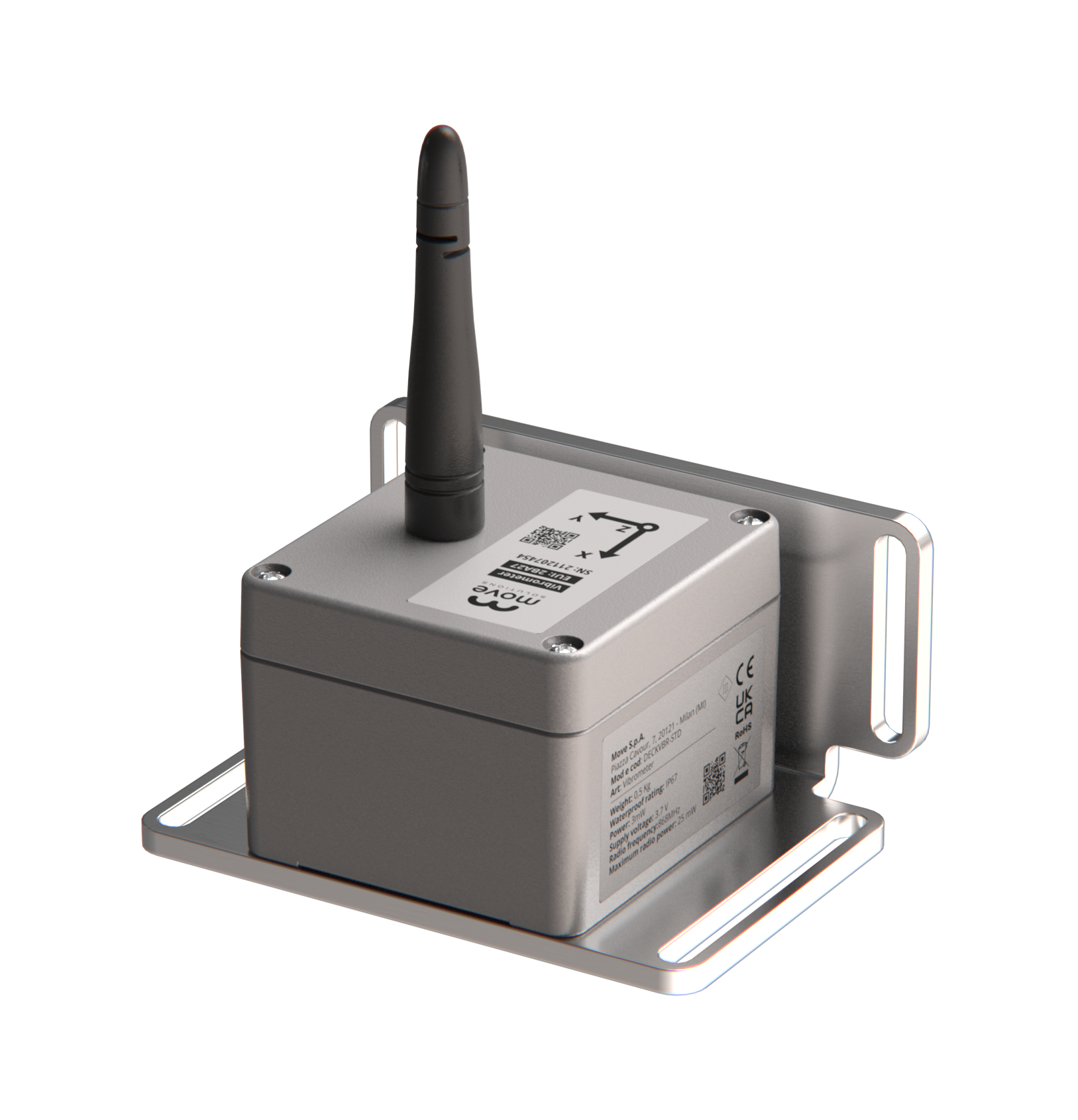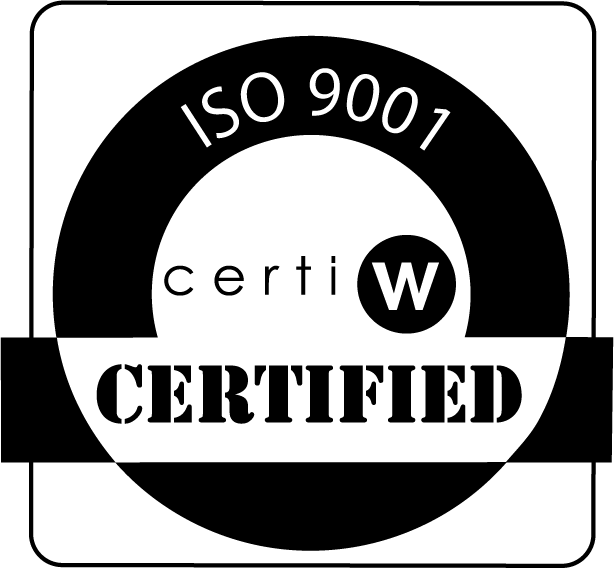Communication Node
Wireless interface for analog and third-party sensor integration The Node is a versatile device that enables geotechnical probes and analog sensors to be monitored remotely through wireless monitoring networks. By converting analog signals into LoRaWAN packets, it transforms traditional wired instrumentation—such as strain gauges, crack meters, piezometers, temperature probes, and load cells—into fully wireless, remotely accessible assets.
Everything you need, built In
All Move Solutions sensors share the same foundation: precision, reliability, and seamless integration.
Long-range, low-power data transmission ideal for remote and large-scale sites.
Multi-year operation with adjustable sampling and transmission settings.
Configure settings, calibrate sensors, and manage alarm thresholds, all in one platform.
IP66/IP67-rated for reliable use in harsh environments.
Third-party sensors. One integrated system.
Digitizes and transmits analog inputs from external sensors via LoRaWAN, merging legacy instruments into the MyMove platform effortlessly.
Multi-input analog interface
Support 8 analog sensor interfaces:
- 4–20 mA
- mV/W
- Voltage 5V
- Voltage 12V
- Potentiometer
- NTC thermistor
- PT100 - Pt1000
- Vibrating wire
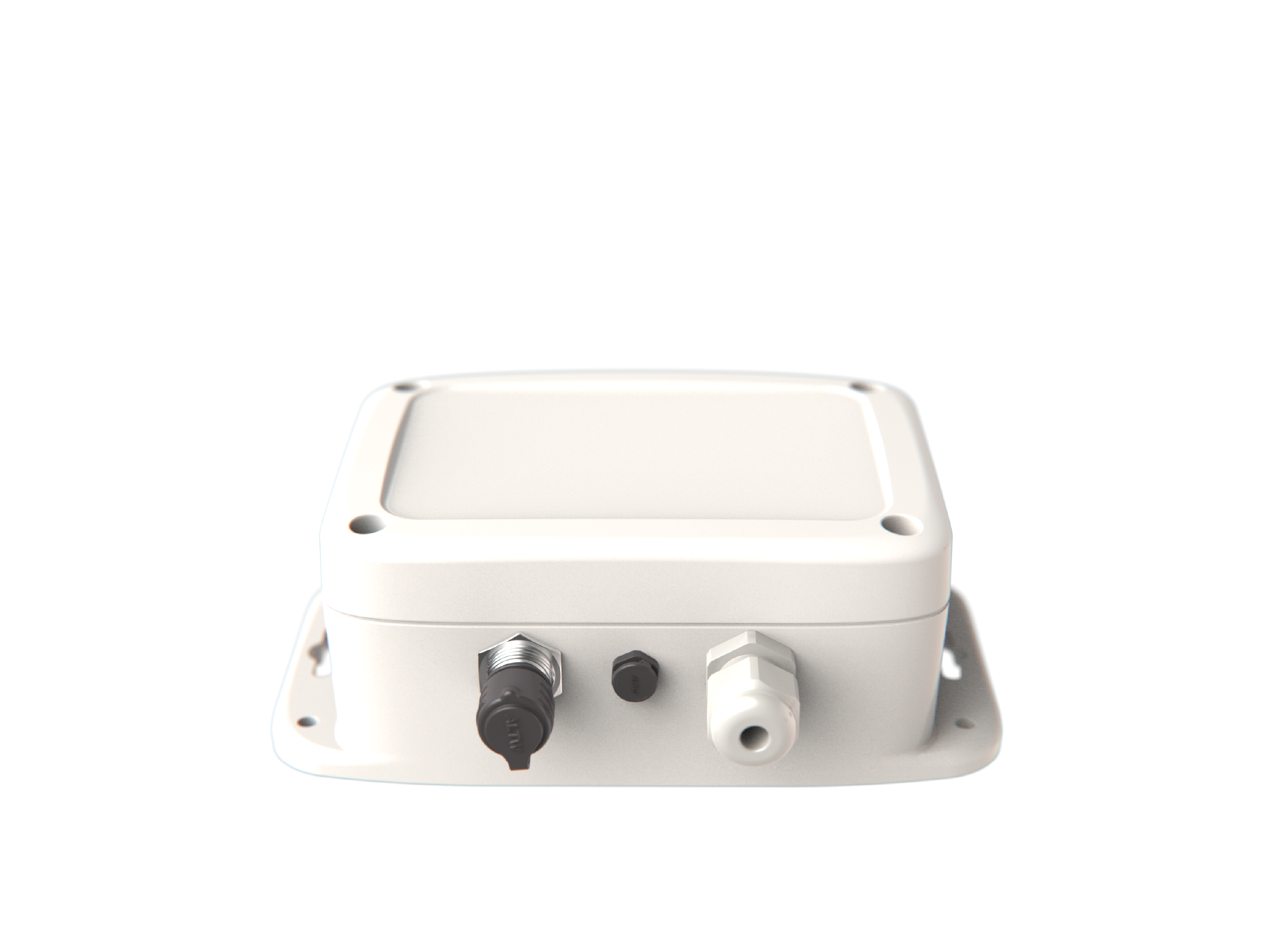
Supports a wide range of sensors
Compatible with multiple sensor types including: voltage, current, resistive (Wheatstone bridge), thermistors, vibrating wire and others.
Configurable acquisition and transmission logic
Acquisition intervals and transmission strategies are fully customizable, allowing optimal balance between data resolution, energy consumption, and connectivity. An acceleration-triggered mode is also available to acquire data when vibration is detected.
Robust, standalone operation
Battery-powered and IP67-rated, the node can operate autonomously for years, even in outdoor conditions.
What this sensor measures
Voltage / Current / Resistance
Analog signal converted from the connected sensor, conditioned and transmitted in engineering units (e.g. mm, °C, kPa).
Vibrating wire frequency
If used with VW interface, captures natural frequency of the sensor element and converts to strain, pressure, displacement or any measurement unit.
Temperature
Integrated or external probe used to record environmental or sensor-specific temperature values.
Available add-ons
Technical specifications
Input types
Voltage, Current, Wheatstone Bridge, Thermistor, VW sensor (with adapter)
Acquisition
Programmed or triggered
Sample resolution
High-precision A/D converter
Power
1x or 2x 3.6V LiSOCl₂ battery (depending on version)
Wireless
LoRaWAN 868 MHz / 902 MHz
IP67 | Size
98 × 80 × 66 mm | Weight: ~0.5 kg
Operating temperature
–40°C to +85°C
Autonomy
>5 years depending on sampling and transmission frequency
For detailed information about
Communication Node
capabilities, check the download datasheet section.
Read your data, your way.

Use MyMove for real-time insights
Connect your sensors and devices to MyMove and access the full power of the platform:
real-time dashboards, alarms, automated PDF reporting, remote system control, and advanced tools for structural health monitoring.
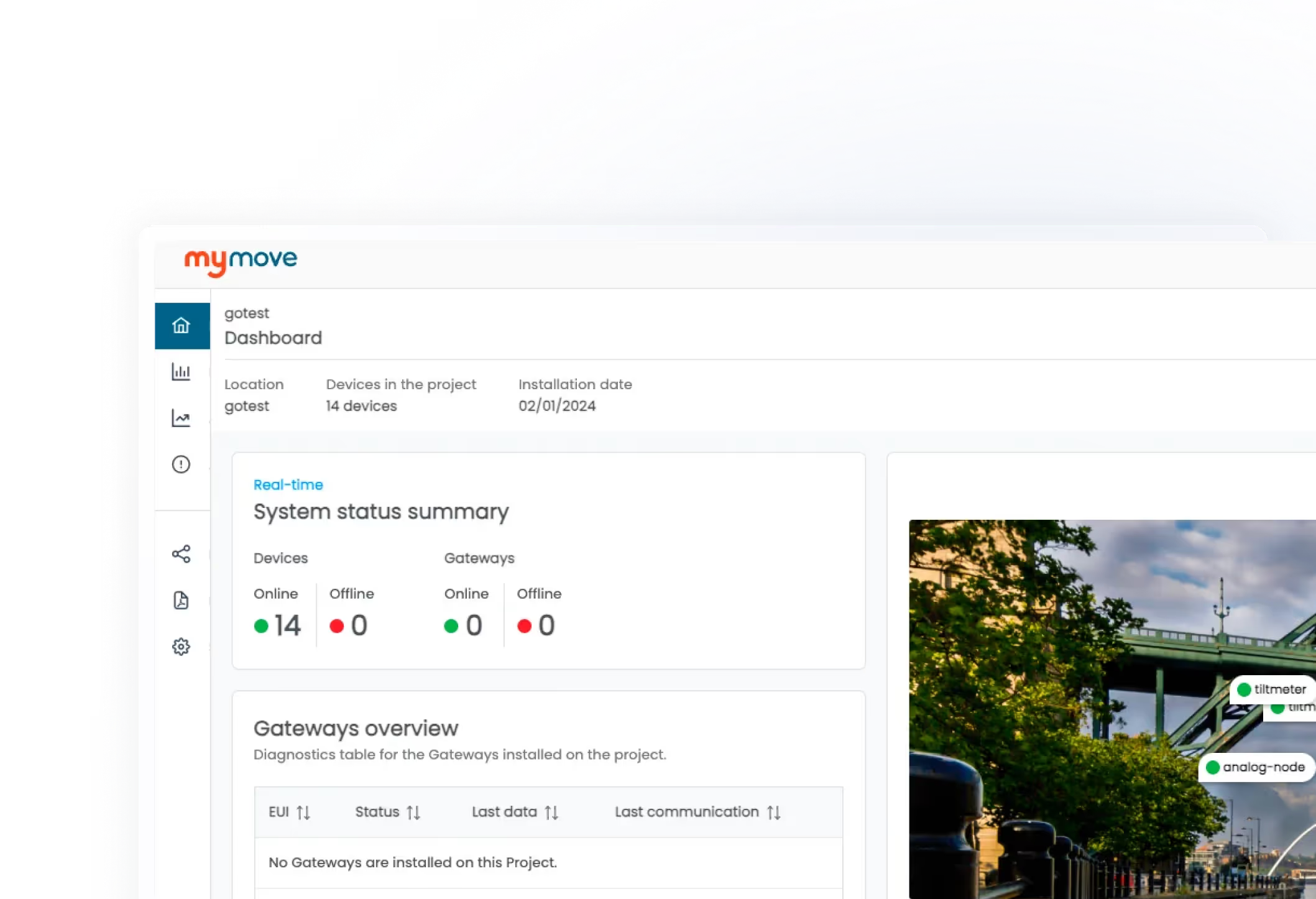
Integrate Move sensors via API
Use our API to access real-time and historical sensor data, configure devices remotely, and integrate everything into your SaaS, BIM model, or custom workflow.
Frequently asked questions
Find quick answers to common questions about our device and technology.
Didn’t find what you were looking for? Contact us—we’ll help you clarify any doubts.
The Single Channel Node is compatible with a wide range of analog geotechnical sensors operating in static regime, including strain gauges, load cells, crackmeters, piezometers, inclinometers, vibrating wire devices, temperature and humidity sensors, anemometers, and radar-based distance meters. Each node is available in different versions, tailored to a specific electrical interface, such as 4–20 mA, mV/V, voltage output (5V or 12V), Pt100/Pt1000, NTC, potentiometer, or vibrating wire. So it’s essential to select the correct model based on the probe’s output type.
The node supports two acquisition modes: programmed sampling, which reads data at fixed time intervals set via the MyMove platform, and triggered sampling, which activates an immediate reading upon detection of an abnormal acceleration event via the internal accelerometer. Data is sent in raw electrical format and timestamped, ready to be converted into engineering units through user-defined formulas within the platform.
Battery autonomy depends heavily on the connected sensor’s electrical demand and the number of daily readings. For example, a typical setup with a vibrating wire probe operating 100 times a day can achieve over 2 years of autonomy. Devices powered by low-consumption sensors such as NTC or Pt1000 can exceed 2.5 years. The node is powered by two 3.6V Li-SOCl₂ batteries and supports replacement without calibration loss.
Conversion formulas depend on the probe type and are configured through the MyMove platform. For voltage or current outputs, a linear interpolation is defined using min/max input values and their corresponding physical outputs. For vibrating wire sensors, the user can choose between linear digit, linear, or quadratic conversion depending on the calibration parameters. In all cases, raw data is transformed directly in the cloud according to the defined rule set.
Installation is straightforward and non-invasive. The node is IP67-rated and can be wall, floor, or ceiling mounted using included hardware. Sensor wiring is secured via screw terminals and a cable gland. For optimal signal performance, the LoRaWAN antenna must be aligned with the gateway, ideally within 1 km line-of-sight.
Recommended sensors
Move Solutions offers high-precision, low-power sensors for structural, geotechnical, and environmental monitoring.
Request a tailored quote for your monitoring needs
Get a customized quotation based on your project specifications — from sensor selection to platform configuration and deployment support.
Request a quote now.svg)




